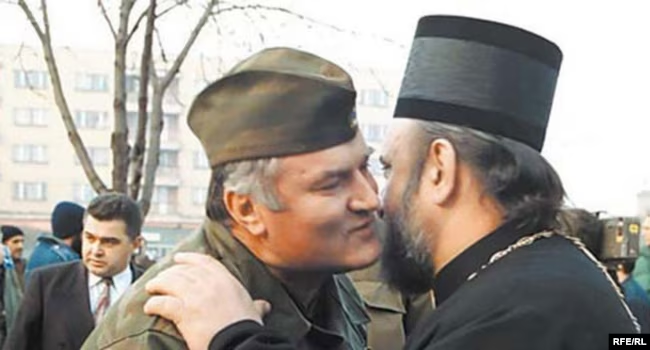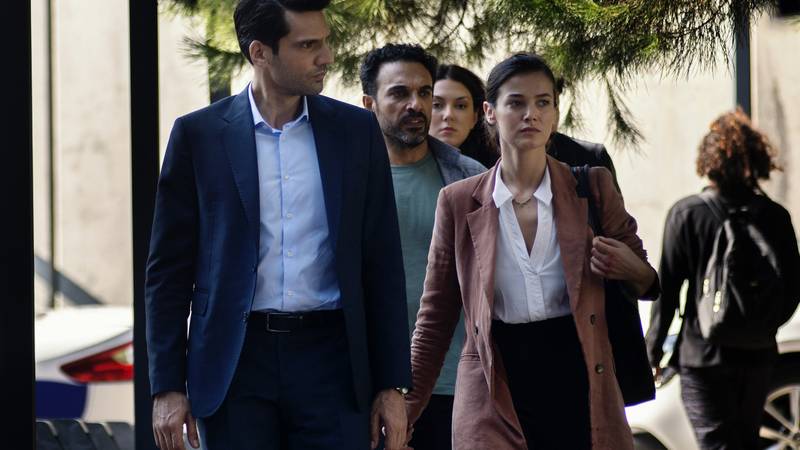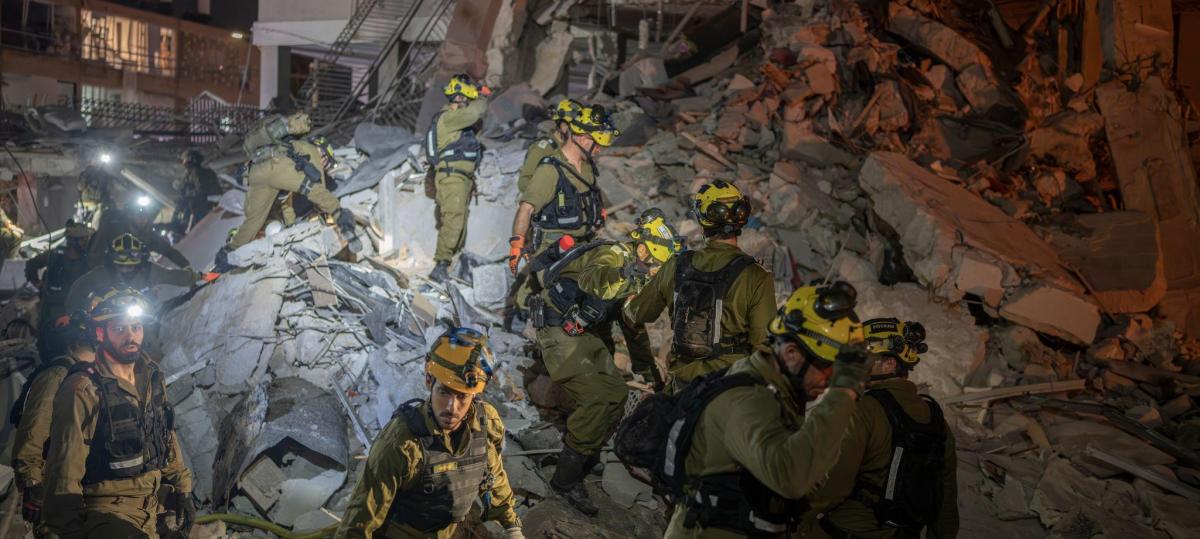Serbian Church Access to War Criminals

Metropolitan of the Serbian Orthodox Church in Montenegro Joanikije and Patriarch Porfirije in Podgorica, 5 September 2021.
From praise to decoration and revelation saints.
There are many examples of such an approach of the Serbian Orthodox Church and its representatives against convicted war criminals from the nearest and farthest past.
« The church sees history through an ethnophileist (nationalist) prism, in which the Serbian side is presented as a permanent victim, » says historian Vladimir Velkovic.
In this context, he adds, the revisionism of the 90s wars, but also of World War II, can also be interpreted.
« Since the 90s wars are interpreted as ‘inevitable conflict’ between different ethnic groups, then in history they return to the movements, figures and conflicts that preceded those wars. In both cases the role and responsibility of ecclesiastical figures are avoided, » Velkovic said.
The Serbian Orthodox Church has not responded to Radio Free Europe questions about its stance on war criminals from World War II and wars in the former Yugoslavia during the 1990s.
Church approach to conqueror’s associates
The statement of the Montenegrin Metropolitan, Joanikije, who described Commander Chetnik Paul Gjurisic as « a great hero of indestructible character » is just one of the many who have caused fierce reactions in public.
Gjurisic’s forces were responsible for massacres against Muslim civilians in the north of Montenegro, Sandzak and Eastern Bosnia during World War II. He was decorated by Hitler with the Iron Cross for « Military Virtues ».
« This is what is called ‘anti-anti-fascism’, which sociologist Todor Kulic wrote-where fascism is not a problem because of ideology, but only when the victims are Serbs, » Branimir Gjurovic’s initiative for human rights says.
Historian Velkovic also mentions cases of bishops who have been declared saints, though they have cooperated with the invaders during World War II. One of them is Irinej Qiric, who was declared a saint in 2022 with the blessing of the Patriarch Porfirije.
The church claims that he rescued 3,000 pregnant women, children and mother with babies from the Hungarian internment camp in Sharvar, sheltering in 55 Vojvodina parish. But, according to Velkovic, this hides the fact that Qiric was a collaborator of the Hungarian regime of Miklos Horthy, who appointed him in 1943 as a member of the Upper Chamber of the Hungarian Parliament – a position he held even after the war.
Velkovic points out that there are even more severe examples in Montenegro. One of them is Milorad Vukojicic, a member of the Chetnik Movement, who was convicted and executed for war crimes in Montenegro. He was declared a saint in 2005.
That same year, Slobodan Shilak was announced a saint, executed in 1943 for serious crimes against the population in Plevle. The families of the victims protested, but the church denied that they were war criminals.
« Praise crimes from World War II and those from the 90s is part of an ideology that has never been interrupted, » says Gjurovic.
Church’s role in the 90s wars
Historian Velkovic points out that the Church played an important role in the ideological preparation of wars since the late 1980s. During the conflicts, the Church was involved in nationalist propaganda and its representatives publicly supported the military goals of the Slobodan Milosevic regime.
One of the most commented examples is the video where a priest blesses the paramilitary formation « Shkorpions » before executing six civilians from Srebrenica to Trnovo in July 1995.

Vasilije screwed with Ratko Mladic.
« Some bishops were completely identified with the Serbian side, justifying it, no matter what it did. There is a video where Bishop Vasilije screwed goes to Srebrenica in July 1995, » Velkovic recalled.
The screwers had close ties with Radovan Karadzic and Ratko Mladic – convicted of genocide and war crimes in The Hague. In a video from Mladic’s trial, Commander Millenko Zhivanovic is seen informing the ravages of « Srebrenica Operation », while the latter smiles when he hears that the mosque minaret is « flattened ».
The screwing greeted the « brave general and Serbian Obiliqi », adding: « The day the Serbian state is approaching after the Battle of Kosovo. »
His position in the church was never questioned. He resigned in 2013 for health reasons, precisely when he was charged with pedophilia.
Similar accusations were also aggravated by the other bishop, Filaaret, who in the 90s posed with automatic weapons and a skull, which he claimed to be of a Serbian child killed by Croatian soldiers. He left in 2015, but the church never gave reason for his dismissal.
Decorations for convicted criminals
Before leaving, Filaaret decorated with the « first white angel » Vojislav Seselji, sentenced by the Hague court to 10 years in prison for promoting the persecution and expulsion of Croats from Hrtkovci in 1992.
« God gave you the strength to cleanse the stain of the Serbian people. We followed you and congratulate you on your bold and heroic war, » Filaret told the decoration in 2015.
Seselj, ideologist of the « Greater Serbia » project and organizer of the paramilitary units, received another decoration from the Metropolitan of Montenegro, Amphilohije.
« We are living in times of great injustices that fall on the Serbian people. You, Mr. Seselj, are one of the defenders of divine law, » Amphilohije told the decoration.

Metropolitan of Montenegro and Littoral Amfilohije Radovic, June 15, 2019.
Ampilohije, who died in 2020, was known for open support for Serbian forces in Croatia and Bosnia during the wars. In January 1992, he opened the gates of the Cetinja Monastery for the infamous commander Zeljko Razhnatovic – Arkan and his armed unit.
Seselj received the third decoration in 2022 from Bishop Irinej, a representative of the Novographicanica diocese and Central and Western America.
That same year, General Vladimir Lazarevic, convicted in The Hague for crimes against humanity against Kosovo Albanians, was decorated. He received a decoration for « cultivating love for people and Orthodox values » by Bishop Pahomije – accused of pedophilia, who was promoted to the Metropolitan in 2024.
Church in line with power
« Today follows the practices of denial and revisionism, which are led by state institutions, but have the roots in the role that church had in the 90s wars, » says Gjurovic.
Both power and church deny genocide against more than 8,000 Bosniaks in Srebrenica and other Serbian forces crimes.
Before leaving for the United Nations General Assembly in 2024, the President of Serbia received the « blessing » of the Patriarch Porfirije to oppose the resolution for Srebrenica.
Even after the war in Kosovo, the church supports the state policy of not recognizing Kosovo’s independence. Former Patriarch Irinej had said that « Serbian heritage must be protected with good or forcibly ». Whereas the current Patriarch Porfirije stated in 2024 that « the Serbian Orthodox Church cannot be part of the negotiations or political agreements on Kosovo ».
The position of the Church is part of the Agreement on the normalization of relations between Kosovo and Serbia, mediated by the European Union in 2023.
In the same year, the church faced charges that smuggled weapons were stored in its premises in Kosovo – the accusations it denied.
Following the armed attack on the Kosovo Police in September 2023, a group of armed Serbs, led by Milan Radoicic, took refuge in the Banjska Monastery.
The Rask -Prizren diocese then issued a statement expressing concern about « the introduction of an armed and armed group with armored vehicle that broke the closed gate of the Monastery ».
The church refused the offer of Kosovo institutions to finance damage repair in Bitola.
Relief




